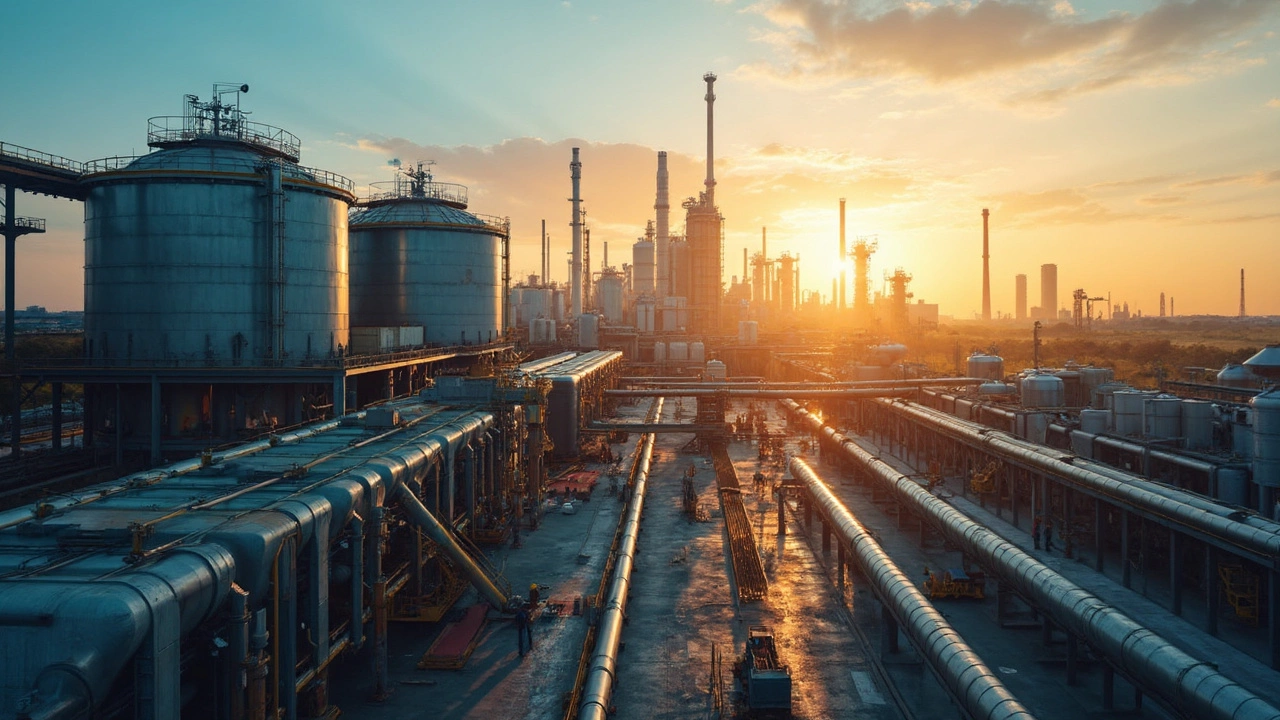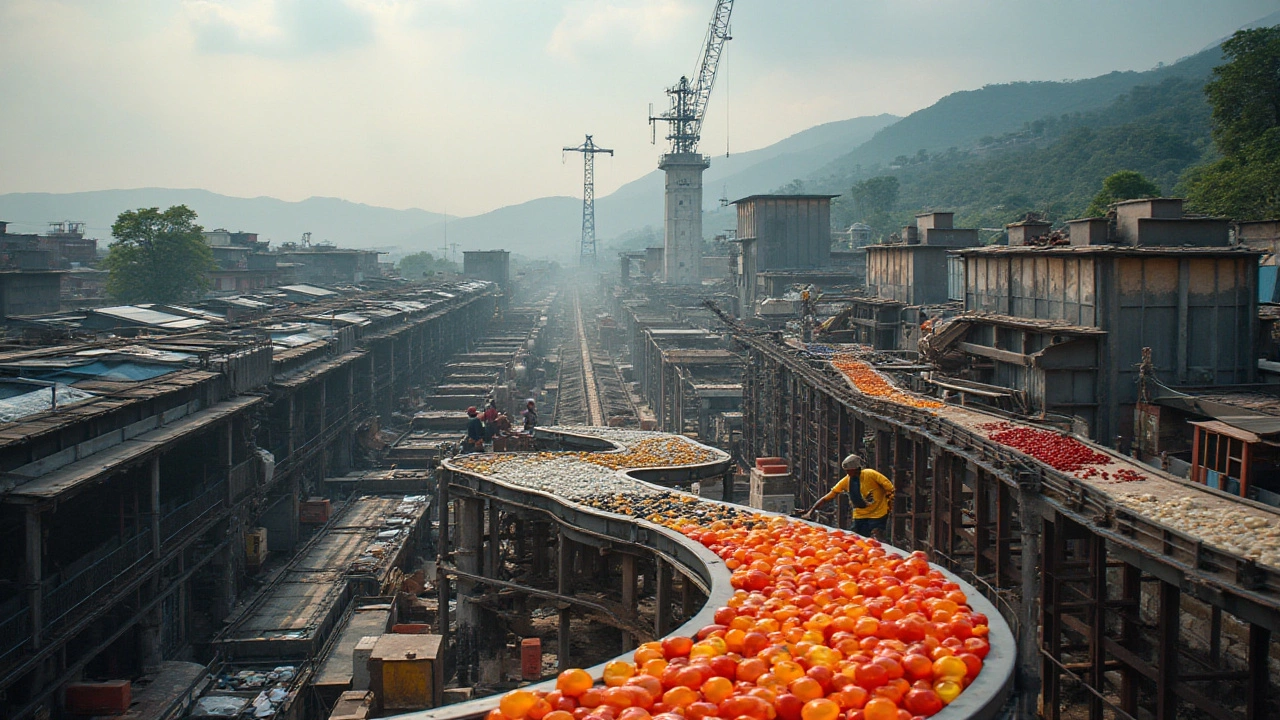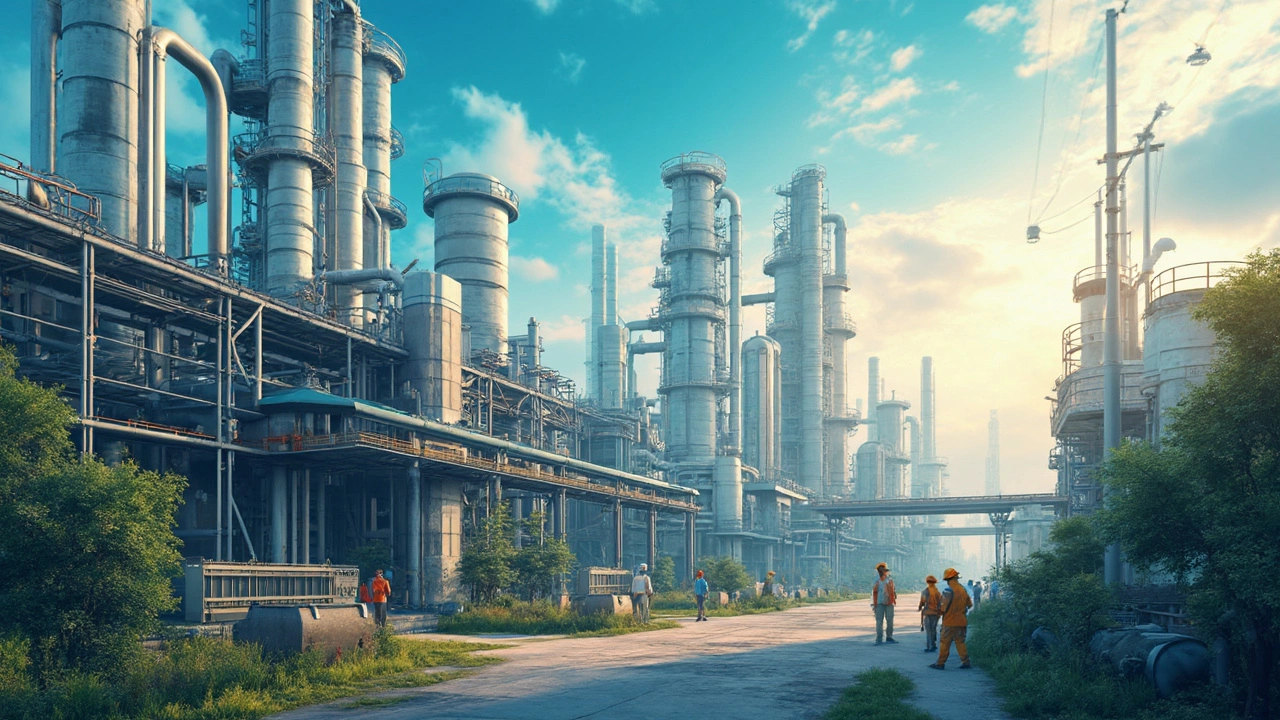Manufacturing Locations
Did you know most of India's new factories are clustering in just five states? When talking about manufacturing locations, geographic areas where production facilities operate. Also known as factory sites, they serve as the backbone of regional economies.
Understanding the Landscape
One of the biggest drivers behind these sites is the rise of Industrial Zones, designated regions that group factories together for shared infrastructure. These zones enable cost‑effective logistics and attract a steady flow of investment. The relationship is clear: Manufacturing locations encompass industrial zones, and industrial zones require reliable utilities and transport links. When a state upgrades its power grid, the entire zone becomes more attractive to manufacturers.
Beyond the zones, Supply Chain Hubs, central nodes where raw materials, components, and finished goods converge play a crucial role. A robust hub supports manufacturing locations by streamlining inbound and outbound flow. In Gujarat, for example, expanding ports have turned nearby factories into export powerhouses, demonstrating how supply chain hubs influence factory placement.
Today, sustainability is no longer optional. Eco‑Friendly Manufacturing Parks, green‑focused campuses that embed renewable energy, waste recycling, and low‑impact designs are reshaping the map. These parks attract companies that want to lower carbon footprints while keeping costs in check. The semantic link is simple: Eco‑friendly parks require environmental certifications and renewable infrastructure, and in turn they raise the overall sustainability profile of manufacturing locations.
People often overlook the human factor. Regional Labor Markets, the pool of skilled and unskilled workers available in an area dictate how quickly a new plant can become operational. A dense labor market reduces recruitment time, while training programs boost productivity. This creates a direct triple: Regional labor markets influence manufacturing locations by providing talent, and manufacturing locations shape labor demand.
Putting these pieces together shows why India’s manufacturing map is shifting fast. States that combine strong industrial zones, efficient supply chain hubs, green park initiatives, and a ready workforce are winning the race for new factories. The next section will walk you through real‑world examples, salary insights, and emerging trends that illustrate how these entities interact on the ground.
Ready to see the full picture? Below you’ll find curated articles that dive deeper into each aspect – from the hottest factory jobs and plastic demand forecasts to the latest on car sales slowdown and textile heritage. Use them to spot opportunities, understand regional strengths, and plan your next move in the manufacturing landscape.
Where Is Plastic Made in the USA?
Plastic production in the USA is a massive industry with facilities spread across the nation. These manufacturing hubs are integral to producing the everyday items we rely on. Companies are centered in key industrial regions such as Texas and Ohio, where a combination of oil refineries and skilled labor force makes them ideal locations. Understanding where and how plastic is manufactured helps us appreciate the intricacies involved in the supply chain that supports countless industries.
- manufacturing
- India
- food processing
- garden tips
- rice cultivation
- government schemes
- balcony garden
- urban gardening
- balcony gardening
- profitable business
- business ideas
- plastic manufacturing
- drip irrigation
- plant care
- steel manufacturing
- sustainable gardening
- startup ideas
- steel industry
- flower gardening
- textile manufacturers






